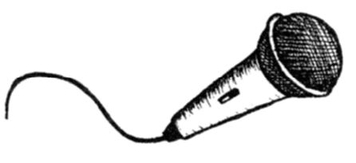FIRST, TO PROVIDE STUDENTS THE OPPORTUNITY TO CREATE AND PRESERVE A PRIMARY SOURCE THROUGH AN ORAL HISTORY interview.
Second, to develop an understanding of the oral history process and the strengths and weakness of this historical methodology in comparison to more traditional historical sources.
PROJECT DESCRIPTION
According to historian Henry Luce, the twentieth century was the American century. This was a dynamic time in history shaped by the lives and experiences of Americans from different backgrounds who do not receive equal recognition in the history of this period. This project provides students the opportunity to further uncover the American century through interviews with individuals who helped shape or witnessed events or periods that form the American experience. Students are required to interview a nonfamily member about a particular period or event of the American century. The project allows students to probe deeper into a content area of their choosing while at the same time utilizing many of the skills that are evaluated on the AP exam and in college history courses. This project is an extension of our history studies and not a separate entity of the course. Interviewees have ranged from war veterans, civil rights activists, politicians, and restaurant waitresses to survivors of the Great Depression and the Holocaust. The breadth of interview subjects supports the traditional coverage of each period or event, leading to a fuller understanding of American history. In order for students to become excited about history, they must see the relevancy of the past to their own lives. Oral history provides such an opportunity as students go into the field and, as oral historian Studs Terkel once said, they uncover the living repositories of our past.
Historian James Hoopes once said that every good history course includes work meant to give [students] the experience of doing history. This is often a research paper, and it should be the most interesting, stimulating aspect of the course. Too often, though, it is tedious, not because it is hard work, but because the challenge to human sympathy and imagination is neglected..
Like all historical sources, oral history cannot stand by itself and has its pitfalls. Therefore, this project draws from a wide range of primary and secondary historical sources to ensure not only historical accuracy but also the most complete presentation possible. After selecting and receiving written permission for an interview, students will thoroughly research the history surrounding the period or event in a seven to ten-page research paper using a minimum of eight sources. Students use their research as a basis in formulating open-ended interview questions that not only focus on gaps in the existing literature but also challenge the interviewee to address the complexities surrounding historical events. Each project concludes with analysis of the historical value of the interview, and where it fits into the history of a period or event in American history.
THE AMERICAN CENTURY PROJECT PROCESS AND PRODUCTS
- You must select an individualwho is not related to youto interview. Take risks in selecting someone to interview. The interviewee must be cleared by the instructor and must be willing to sign both the release form and additional materials form, though restrictions can be attached. Inform your interviewee of this requirement immediately.
- Establish date, time, and place of the interview well in advance. You may wish to call and remind the interviewee a few days before you appointment.
- Establish informal banter with your interviewee. You do not want to show up, turn the tape recorder to play, and start taping. The more your interviewee becomes comfortable with you, the better the interview will be.
- Clearly state the purpose of the interview at the beginning and show the interviewee the end result on the project website, www.americancenturyproject.org . Explain why this class is doing the project and all the components of it. You might have to convince him or her of the importance of the story to creating a complete picture of Americas past.
- Your interview must focus on a particular period or event that your interviewee either witnessed or was part of. You are required to broadly research the period or event, using at least seven sources (minimum of four print sources). This research will allow you to develop sophisticated, open-ended questions. Begin developing questions throughout your research. Photographs, speeches, and video can also be helpful in engaging the interviewee.
- Each interview needs to be recorded either on tape or minidisk or, in certain instances, with a video recorder, and must be conducted in person. The beginning of the tape must include your name, the interviewees name, the date and location of the interview. The tape must be labeled accordingly. Do this prior to the interview.
- You are expected to take notes during the interview to serve as reference points when doing your analysis as well as for helping to develop follow-up questions.
- You are responsible for transcribing the questions you asked and the response of the individual while trying to maintain the tone of the responses. Expect six hours of transcription for each hour of interview.
- You will analyze the historical value of the interview. What was its value as a historical source? Where does it fit into the existing history, the sources you researched? Can it be useful in better understanding our past?
The final project will be bound and ordered as follows:
Part I: Title page, followed by interview releases.
Part II: Table of contents.
Part III: Statement of purpose of the project and your interview (provide setting, dates, and location).
Part IV: Biography with photo. Introduce the reader to your interviewee by supplying a short (one page) biography. Include a physical description of the interviewee.

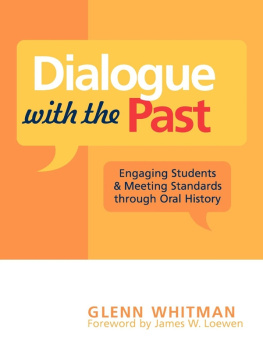

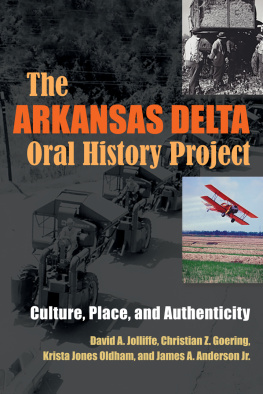
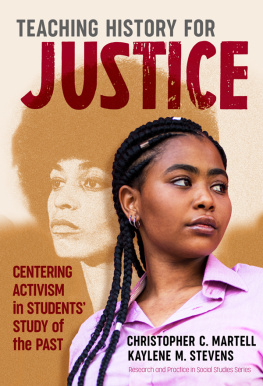


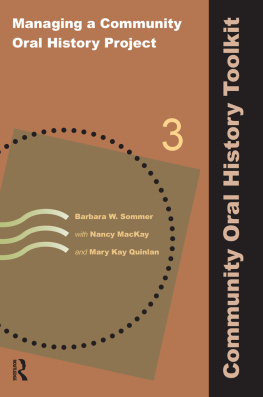
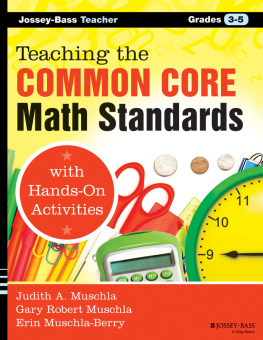
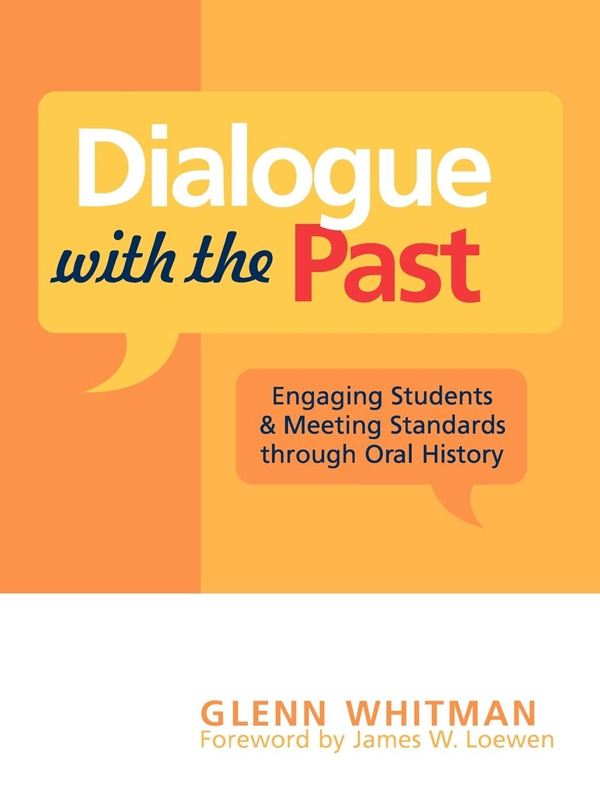
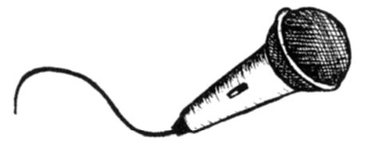 THESE APPENDIXES ARE PROVIDED TO MAKE IT EASIER FOR EDUCATORS TO BEGIN USING ORAL HISTORY IN THEIR CLASSROOMS or programs. Some of the materials are also available for downloading and adaptation at www.americancenturyproject.org .
THESE APPENDIXES ARE PROVIDED TO MAKE IT EASIER FOR EDUCATORS TO BEGIN USING ORAL HISTORY IN THEIR CLASSROOMS or programs. Some of the materials are also available for downloading and adaptation at www.americancenturyproject.org .